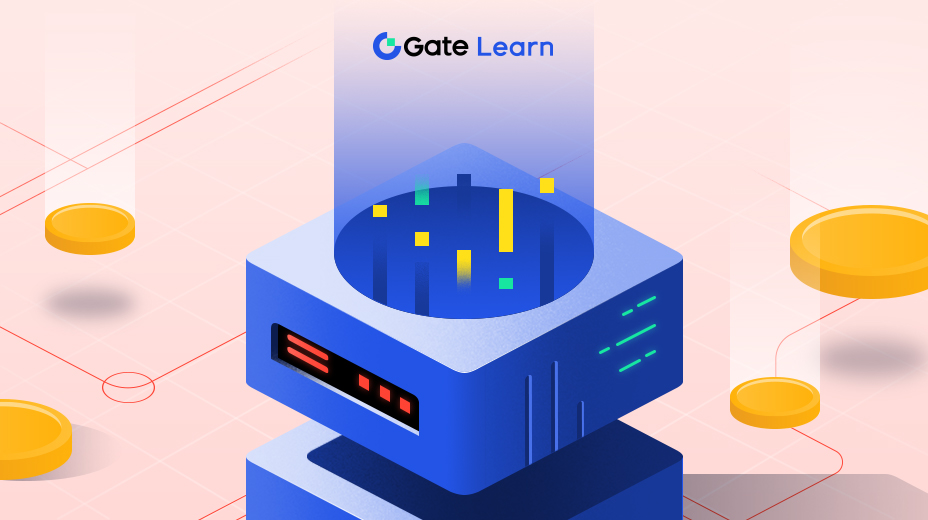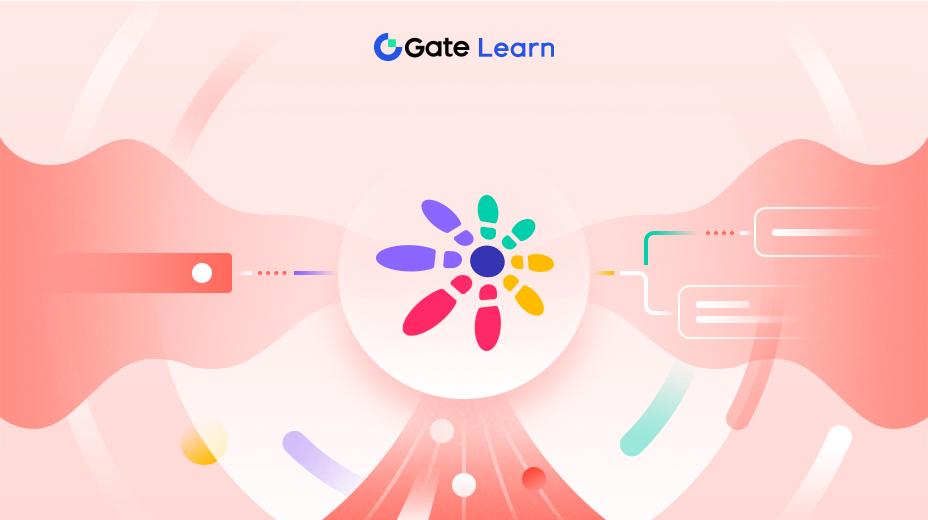Outlook, Challenges & Competitive Landscape
The final module outlines the benefits, risks, and future of modular blockchain design. It compares Celestia to other DA projects like Avail, EigenDA, and Near DA, and examines adoption hurdles, decentralization goals, and potential regulatory concerns. The module concludes with a forward-looking perspective on how modular design will shape the future of scalable and decentralized Web3 infrastructure.
Benefits of Celestia’s Modular Design

Scalable Blockchain Infrastructure Without Execution Bottlenecks
One of the most significant benefits of Celestia’s modular architecture is scalability without compromise. In traditional blockchains, execution, consensus, and data availability are bundled into a single layer. This limits throughput and increases validator load as the network grows. Celestia avoids this constraint by offloading execution to external chains while focusing solely on consensus and data availability.
By reducing the responsibilities of validators and enabling light clients to verify data availability through sampling, Celestia supports much higher data throughput than monolithic chains. This allows many rollups or sovereign chains to publish their transaction data in parallel, without introducing congestion or high fees.
Developer Flexibility and Customization
Celestia gives developers full freedom over how they build and operate their chains. Execution environments, virtual machines, governance models, and fee structures are not dictated by the base layer. Developers can use Cosmos SDK, EVM, Move VM, or custom logic to define their chain’s behavior, all while relying on Celestia for verifiable data publication.
This flexibility is especially valuable for teams building application-specific chains or experimenting with new cryptographic or economic mechanisms. Rather than competing for block space on a single global chain, developers can launch their own rollups that scale horizontally.
Permissionless Chain Deployment
Launching a blockchain traditionally required coordination with an existing Layer 1 or building full-stack infrastructure from scratch. Celestia removes these barriers. Any developer can deploy a chain without asking permission, securing validators, or implementing consensus logic. This permissionless deployment model mirrors the simplicity of deploying smart contracts but at the scale of launching entire blockchains.
The result is a lower barrier to entry for innovation. Developers can iterate faster, launch experiments, or go to market quickly using Rollkit and Celestia’s APIs. This helps expand the blockchain ecosystem beyond dominant platforms and into a broader range of use cases.
Improved Decentralization Through Light Clients
Celestia’s support for Data Availability Sampling (DAS) allows even low-resource devices to verify that the chain is functioning correctly. Light clients can independently detect withheld or censored data without running full nodes. This enables more users to participate in network verification, increasing decentralization and trust.
In contrast, many blockchains today rely on centralized infrastructure providers because running a full node is too resource-intensive. Celestia’s architecture encourages wide validator and user participation by minimizing the technical burden of verification.
Interoperability Across Modular Ecosystems
Celestia is designed to be agnostic about what chains or applications use its data availability layer. It supports both sovereign rollups and rollups that settle on other networks, such as Ethereum. Through tools like Blobstream, Celestia acts as a shared DA layer for the broader multi-chain environment.
This interoperability allows developers to design systems that combine the best features of different blockchains—settlement on Ethereum, execution in a custom rollup, and data availability on Celestia. The modular stack can evolve organically, rather than being limited by the constraints of a single platform.
Challenges and Risks
Early Ecosystem and Developer Adoption
Although Celestia introduces a compelling architectural shift, its ecosystem is still in the early stages of growth. Unlike Ethereum or other established chains with mature developer communities and a wide range of applications, Celestia is building a new category of infrastructure that requires education and tooling adoption.
Developers transitioning from traditional smart contract platforms must understand new concepts such as sovereign rollups, modular stack composition, and data availability layers. While tools like Rollkit simplify deployment, the modular paradigm introduces a steeper learning curve for teams accustomed to deploying contracts directly on Layer 1 blockchains.
Furthermore, because execution is handled off-chain, there is less immediate compatibility with existing dApp frameworks and wallet providers. Building robust developer support, SDKs, and onboarding materials remains essential for wider adoption.
Coordination Complexity in Modular Systems
In a modular blockchain architecture, different responsibilities are distributed across multiple layers—execution, settlement, consensus, and data availability. While this enables flexibility and scalability, it also introduces new coordination challenges.
Sovereign rollups must manage their own execution logic, upgrade processes, and state verification independently. If a developer integrates multiple services—such as Celestia for DA and Ethereum for settlement—they must ensure that interoperability and messaging between these layers remain secure and synchronized.
Increased flexibility also means more responsibility. Developers and infrastructure providers must think carefully about how each layer fits together and maintain compatibility across stack components, which can increase the complexity of deployment and maintenance.
No Inherited Security from Settlement Chains
Sovereign rollups using Celestia benefit from its consensus and data availability guarantees but do not inherit the security of a global settlement layer like Ethereum. This means that these rollups are solely responsible for validating their own state transitions and resolving disputes, without relying on external finality or fraud proofs.
While this provides independence and speed, it introduces security trade-offs. Rollup developers must design their own validator or prover sets, implement governance frameworks, and build mechanisms to detect and respond to malicious behavior. This level of autonomy may not be suitable for all use cases, particularly those requiring shared security guarantees or regulatory assurances.
Network Maturity and Validator Decentralization
Celestia’s validator set is still in the process of decentralizing. As with any new network, there is a risk that early token distribution, validator concentration, or infrastructure centralization could affect governance and protocol upgrades. Ensuring that the network remains open, permissionless, and resilient will depend on maintaining a broad and diverse validator base.
Additionally, while Data Availability Sampling lowers the barrier for light clients, running a validator still requires staking and infrastructure resources. Expanding validator participation and reducing centralization risk will remain key priorities as the network scales.
Regulatory and Market Uncertainty
As Celestia and other modular blockchain platforms continue to evolve, they may attract increased attention from regulators. Modular chains that enable sovereign applications may fall under different legal interpretations than smart contracts running on established Layer 1 platforms. Uncertainty around data availability fees, validator incentives, and DA marketplace design could affect economic assumptions.
Moreover, competition in the data availability space is growing. Other networks such as Avail, EigenDA, and Near DA are exploring similar solutions, which could shape market dynamics and developer preferences.
Celestia vs Other Modular/DA Projects
As modular blockchain design gains traction, a growing number of projects are emerging with a focus on data availability (DA). While Celestia pioneered the modular DA model, it is now one of several networks competing to offer scalable, secure, and decentralized data layers. These platforms aim to serve rollups, application-specific chains, and Layer 2 protocols that want to offload execution and retain efficiency.
Celestia
Celestia provides consensus and data availability only. It does not include execution or settlement, making it a minimal and modular base layer. Celestia’s core innovation is Data Availability Sampling (DAS), which allows light clients to verify data completeness without downloading entire blocks.
Key Features
- Independent consensus layer with DAS
- Supports sovereign and settled rollups
- Native $TIA token for staking and blob fees
- Blobstream integration with Ethereum
- Permissionless chain deployment via Rollkit
Strengths
- Full modularity from the ground up
- Proven DAS mechanism
- Strong developer tooling for rollups
- Active ecosystem (Dymension, Eclipse, Manta Pacific)
Limitations
- Early-stage validator decentralization
- No execution or settlement included
Avail (Polygon)
Avail, developed by Polygon, is a data availability layer only, without consensus or settlement features of its own. It is designed to provide scalable data publishing for off-chain applications, including Polygon rollups and other Layer 2s. Avail uses KZG commitments to ensure data validity and is working toward integrating DAS.
Key Features
- Standalone DA layer designed for multi-chain use
- Focused on Ethereum L2 ecosystem
- Future support for DAS under development
- Tied to the Polygon ecosystem roadmap
Strengths
- Backed by Polygon’s development team
- Deep integration with Ethereum and zk-based L2s
- Easier onboarding for EVM-compatible chains
Limitations
- DAS not yet fully implemented
- Still evolving toward permissionless validator participation
- More centralized in early phases
EigenDA (EigenLayer)
EigenDA is a restaking-based data availability layer built on top of Ethereum through the EigenLayer protocol. It introduces data availability as a service, secured by Ethereum validators who opt-in to offer DA using their staked ETH as collateral.
Key Features
- Uses Ethereum restaking via EigenLayer
- Offers DA guarantees tied to Ethereum’s validator set
- Intended for Ethereum rollups and zk systems
- Dynamic validator market
Strengths
- Inherits Ethereum’s economic security
- Rollup-native design for Ethereum
- Encourages competition among DA providers
Limitations
- Centralized coordination required through EigenLayer
- Currently supports Ethereum-centric use cases only
- Higher trust assumptions for newer protocols and operators
Near DA
Near DA is part of the broader Near protocol ecosystem. It offers a sharded DA layer that enables applications to post data to Near’s blockchain and retrieve it in a cost-efficient manner. Near DA is being positioned for use by rollups and Layer 2s looking for general-purpose DA solutions.
Key Features
- Based on Near’s Nightshade sharding
- Integration with Fast Finality layer
- Leverages Near’s scalability and tooling
- Native token incentives
Strengths
- Built on Near’s high-performance infrastructure
- Sharded scalability model
- Developer-friendly platform
Limitations
- Strongly coupled to Near ecosystem
- Less proven in general-purpose DA compared to Celestia
- Limited adoption by external chains so far
The Future of Modular Blockchain Design
The limitations of monolithic blockchains—particularly around scalability, developer control, and node accessibility—have led the industry toward a modular paradigm. Celestia is at the forefront of this shift, demonstrating that decoupling execution, consensus, and data availability is not only technically feasible but also desirable.
The move toward modular design is not just about performance improvements. It reflects a philosophical change in how blockchain infrastructure is viewed. Instead of a single chain doing everything, modular systems treat blockchain components as interoperable services. This model enables a more flexible, composable, and decentralized internet of blockchains.
Over time, the distinction between a Layer 1 chain and a Layer 2 rollup may blur entirely. What matters is not where computation happens, but whether the components—execution, availability, and settlement—are verifiable, decentralized, and scalable. Celestia’s architecture supports this convergence by offering a neutral data layer for any execution environment, virtual machine, or governance model.
The long-term significance of modular blockchain design is that it lays the groundwork for Web3 systems that scale with demand, remain decentralized by design, and support thousands of application-specific chains operating in parallel.
Celestia represents a foundational piece of this modular future. It provides a lightweight, trust-minimized base layer that can scale independently from execution complexity. Its role in powering sovereign rollups, supporting Ethereum rollups through Blobstream, and enabling permissionless chain deployment makes it a key component of the evolving blockchain infrastructure landscape.
As the Web3 ecosystem continues to grow, modularity will not be a niche concept—it will be the architectural default.





